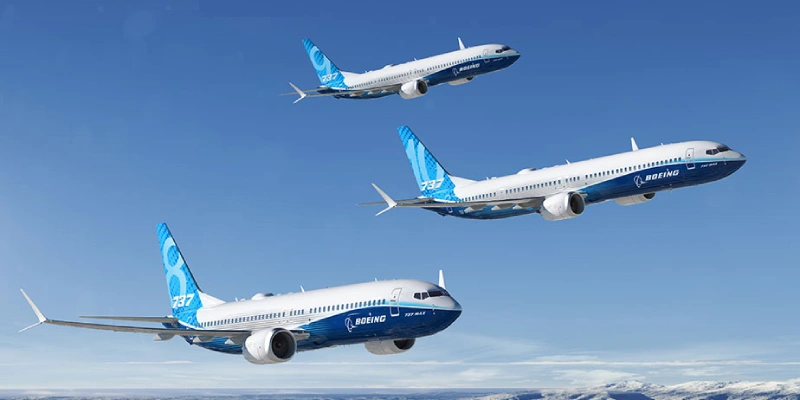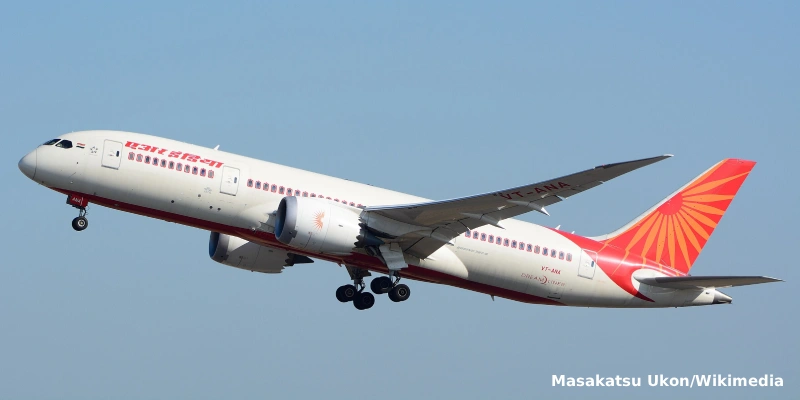On the occasion of World Carbon Emissions Reduction Day, the Latin American and Caribbean Air Transport Association (ALTA) reaffirms its commitment to aviation sustainability through the presentation of an unprecedented report titled Pathway to Sustainability in Latin America and the Caribbean. This document provides a detailed analysis of the region’s progress, challenges, and strategies necessary to achieve its environmental goals and establish itself as a leader in sustainability.
Aviation Growth and its Economic Impact
Since 1970, the number of passengers in the region has grown 18 times, from 18 million to over 324 million in 2023, far surpassing the global average growth rate of 14 times. This increase reflects the vital role of aviation as a driver of connectivity and economic development, contributing 3.6% of the regional GDP—equivalent to $240 billion—and generating 8.3 million direct and indirect jobs.
→ Copa Airlines: Latin America’s Leader in Punctuality for the Tenth Time
Progress Towards Sustainability
In the past decade, despite a 40% increase in air traffic, emissions only rose by 18%, thanks to fleet modernization, operational improvements, and advancements in energy efficiency. Notable achievements include a 28% reduction in fuel consumption per passenger-kilometer (RPK) since 2011. Additionally, the region boasts fleets that are 37% younger than those in North America and 22% more modern than those in Europe.
Key Strategies: Sustainable Fuels
The report emphasizes the importance of Sustainable Aviation Fuels (SAF), which have the potential to reduce CO₂ emissions by up to 80%. However, their implementation faces significant challenges such as high costs and limited infrastructure. To overcome these barriers, ALTA promotes a combination of measures, including:
- Efficient air traffic management and route optimization.
- Investments in sustainable infrastructure.
- Development of emerging technologies such as green hydrogen, electric, and hybrid systems.
- Implementation of market mechanisms to offset residual emissions.
During the period 2013-2023, airlines in the region contributed only 4.8% of global CO₂ emissions, demonstrating the effectiveness of these strategies.
Challenges and Opportunities
Latin America faces challenges such as the need to reduce SAF-related costs and expand the necessary infrastructure for its mass adoption. However, its strategic geographic position and abundant natural resources place the region in a privileged position to lead the transition to sustainable aviation. Collaboration between governments, companies, and international institutions is crucial to turning these opportunities into concrete results.
According to José Ricardo Botelho, CEO of ALTA, this report is a key tool to align goals, attract investments, and implement strategies tailored to the region’s specific characteristics. “By understanding local dynamics, we can effectively address climate challenges, balancing connectivity and environmental respect. This will contribute to a greener and more innovative future for regional aviation,” he highlighted.
Click Here to see the full report.
Related Topics
Boeing Negotiates Sale of Up to 500 Aircraft to China
India: Staff Shortages at Regulator and Air Traffic Control Endanger Safety, Lawmakers Warn
India and China Prepare to Resume Direct Flights After Years of Suspension
Air India Suspends Flights to Washington D.C. Starting September Due to Aircraft Shortage and Pakistani Airspace Closure

Un apasionado por la aviación, Fundador y CEO de Aviación al Día.




